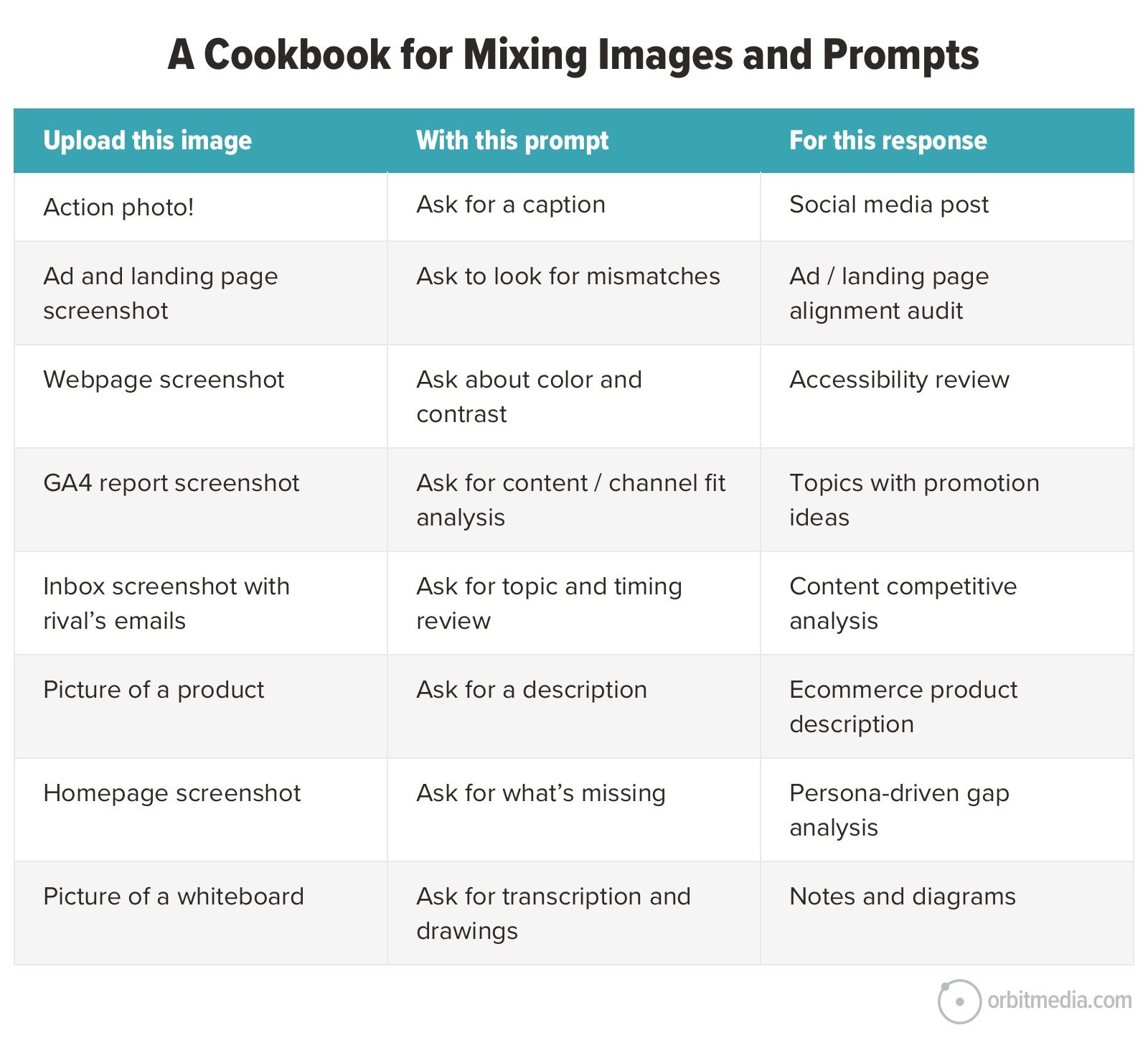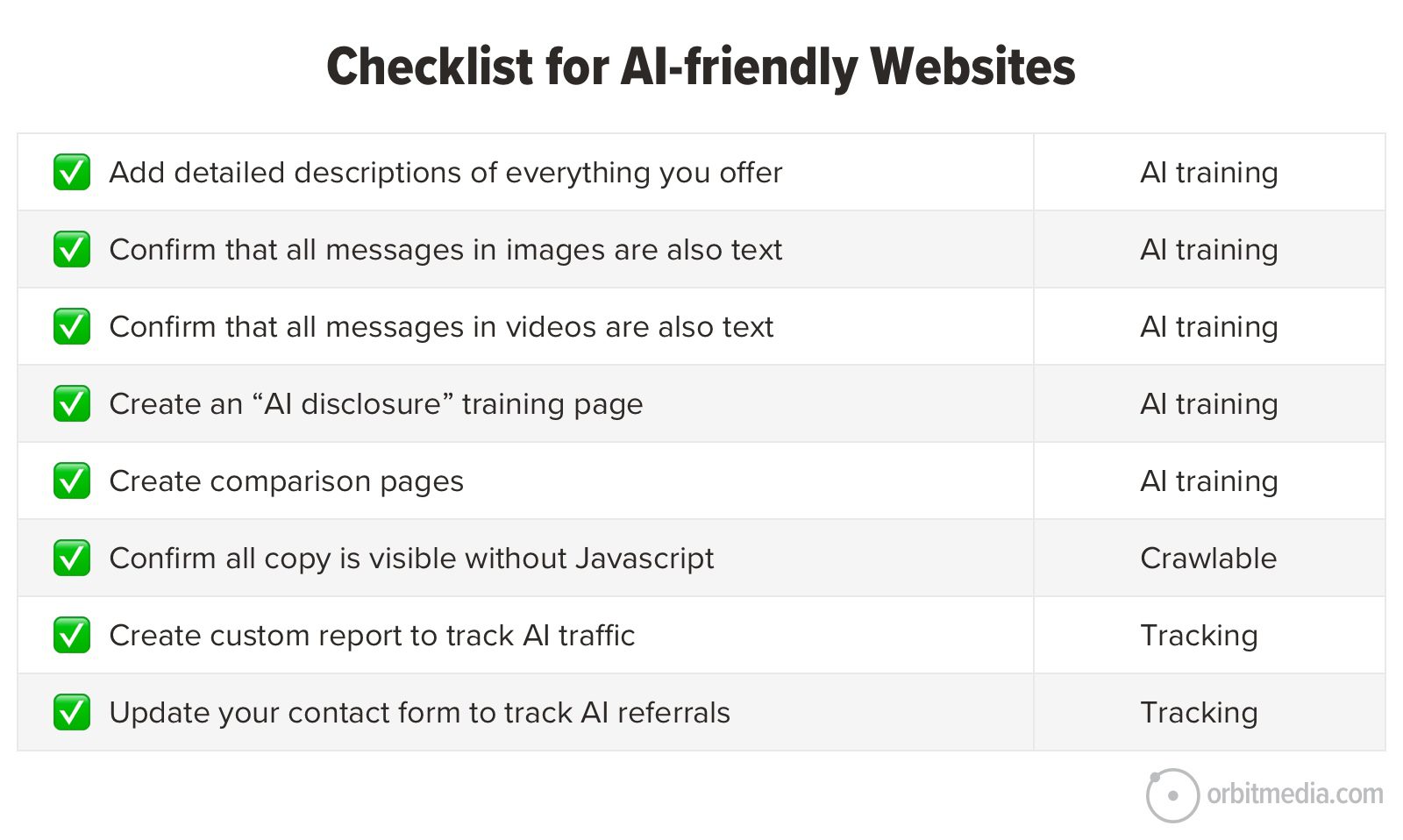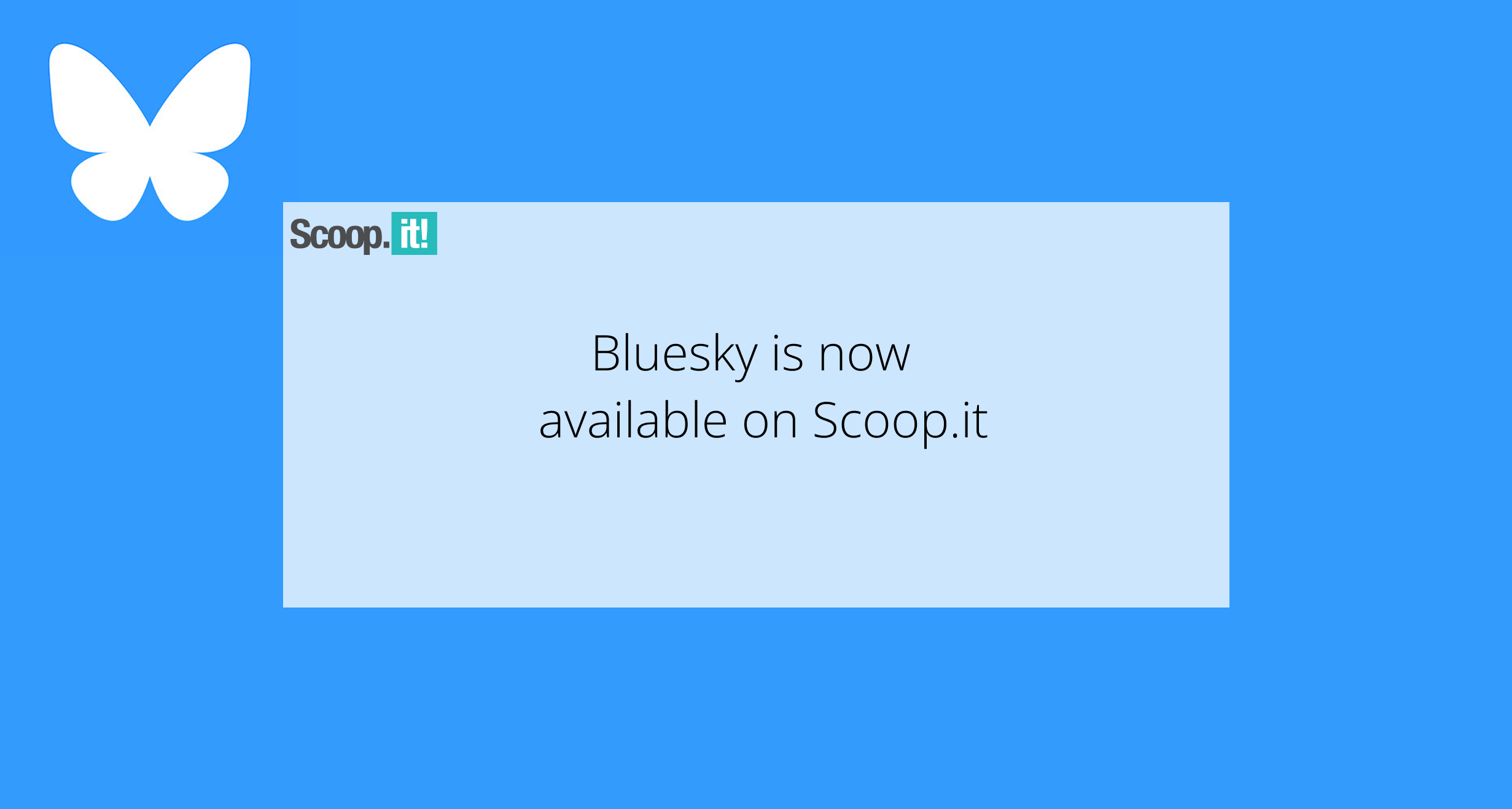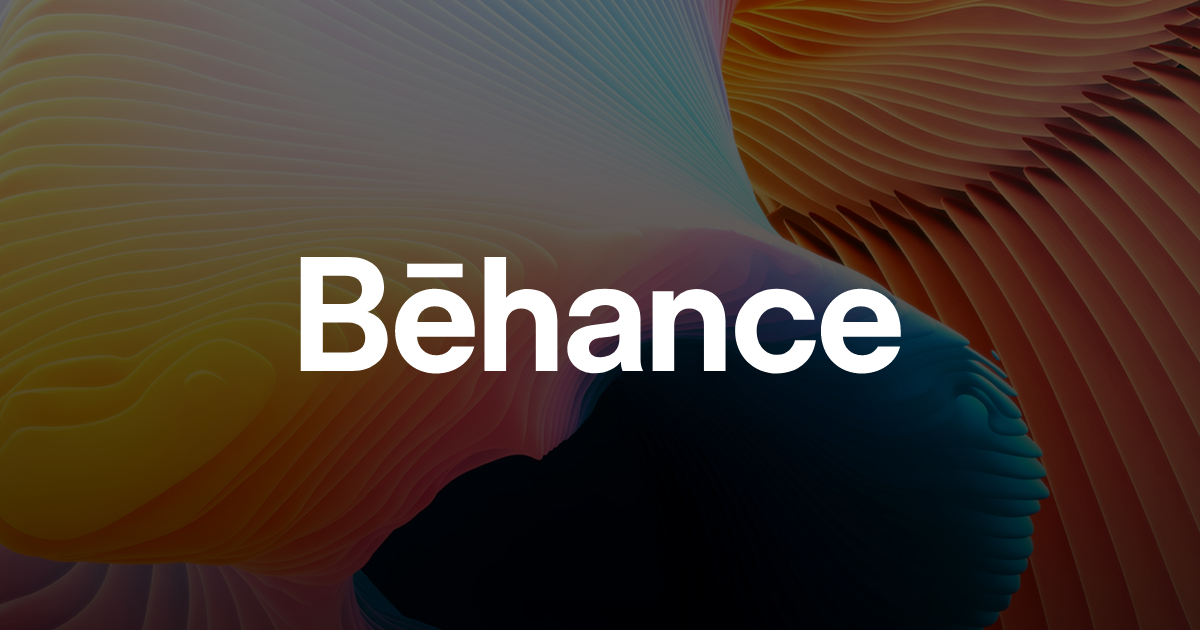A digital take on Earth Day cleanup
The Fast Company Impact Council is an invitation-only membership community of leaders, experts, executives, and entrepreneurs who share their insights with our audience. Members pay annual dues for access to peer learning, thought leadership opportunities, events and more. There was a time when data centers were quietly built throughout the country…just another utility necessary to meet the need of businesses and consumers. Today, they’re bigger and more power hungry, and that’s drawing a new level of attention. So much so that, in a recent rezoning hearing attended by hundreds of residents, attendees expressed concerns about the proliferation of data and data centers. Clearly, big data applications are driving the surge in the data center industry’s expansion today. But we started to wonder how much wasted data is out there and if consumers understand how they connect to data centers. Are people paying (increasingly high) fees to store waste? Do they understand it all lives in a physical, powered location? As a company, we are dogged about zero waste. We’re certainly not in the business of building virtual landfills. Being curious, we set out to dig deeper, to understand how Americans see digital accumulation. Between January 21 and February 5, 2025, Compass Datacenters polled 1,005 Americans for their perspectives on digital accumulation. At the heart of the study was this question: Are we a nation of digital hoarders? The results We learned that few people connect the dots between “the cloud” and the physical infrastructure behind it. Nearly 60% of respondents claimed they use cloud storage, but only 23% recognized that as being a physical location. While people said they do delete files on occasion, those occasions are few and far between. People are motivated to hit delete to keep their devices functioning; few exercise good digital hygiene as a matter of security. Respondents were quick to say they’re afraid of deleting something they might need later. One-third of respondents said the prospect of dealing with digital accumulation makes them feel overwhelmed, anxious, and stressed—so much so that 60% said they’d rather wash dishes than clean out digital files. Further, there is an out of sight, out of mind mentality when it comes to digital files. It’s troubling to see younger generations buying their way out of practicing good digital hygiene. Nearly half (49%) of Gen Z and millennials polled say they pay for data storage. Of the Gen Z group: 48% pay $1-$20 each month 40% pay $20-$40 per month 11% pay $40-$60 monthly Accounting for a 3% inflation rate, assuming a 25-year-old pays $20/month for data storage until the age of 85, they will spend $40,000 over their lifetime on digital storage. Data retention in the workplace This trend is not relegated to consumers. Studies indicate that less than 20% of large businesses have procedures for data retention or information governance. Businesses can set the tone and be champions for better digital hygiene by prioritizing clear policies for data retention and digital storage and ensuring compliance for security and efficiency. Best practice in the business world is not unlike consumer guidance. You have to identify the types of data to retain, the file retention duration, and the appropriate storage methods. Discipline around stored data review can help identify which redundant or outdated information to eliminate, thereby reducing storage costs and minimizing digital clutter. Additionally, leveraging encryption and secure access controls can protect sensitive data from unauthorized access and breaches. By adopting these best practices, companies can maintain a streamlined and secure digital environment supporting their operational needs and regulatory requirements. The bottom line on digital waste Digital waste is still waste. Just as a more orderly physical spaces fosters productivity and reduces stress, a more organized digital life can lead to greater efficiency and less anxiety. Taking small, consistent steps now to delete unused apps, unsubscribe from unnecessary emails, and regularly organize our files creates a more sustainable digital ecosystem. We share other tips for creating disciplines about what to store and where, and how to integrate best practices into daily life at Delete Digital Dust Bunnies, a site highlighting this kind of Earth Day cleanup. By recognizing the tangible impact of our digital lives and embracing the practice of digital decluttering, we can all contribute to a more sustainable digital future. Earth Day is a great time to swipe out the extraneous data and lighten the load, for us and for the future. Chris Crosby is CEO of Compass Datacenters.

The Fast Company Impact Council is an invitation-only membership community of leaders, experts, executives, and entrepreneurs who share their insights with our audience. Members pay annual dues for access to peer learning, thought leadership opportunities, events and more.
There was a time when data centers were quietly built throughout the country…just another utility necessary to meet the need of businesses and consumers. Today, they’re bigger and more power hungry, and that’s drawing a new level of attention. So much so that, in a recent rezoning hearing attended by hundreds of residents, attendees expressed concerns about the proliferation of data and data centers.
Clearly, big data applications are driving the surge in the data center industry’s expansion today. But we started to wonder how much wasted data is out there and if consumers understand how they connect to data centers. Are people paying (increasingly high) fees to store waste? Do they understand it all lives in a physical, powered location? As a company, we are dogged about zero waste. We’re certainly not in the business of building virtual landfills.
Being curious, we set out to dig deeper, to understand how Americans see digital accumulation. Between January 21 and February 5, 2025, Compass Datacenters polled 1,005 Americans for their perspectives on digital accumulation. At the heart of the study was this question: Are we a nation of digital hoarders?
The results
We learned that few people connect the dots between “the cloud” and the physical infrastructure behind it. Nearly 60% of respondents claimed they use cloud storage, but only 23% recognized that as being a physical location.
While people said they do delete files on occasion, those occasions are few and far between. People are motivated to hit delete to keep their devices functioning; few exercise good digital hygiene as a matter of security. Respondents were quick to say they’re afraid of deleting something they might need later. One-third of respondents said the prospect of dealing with digital accumulation makes them feel overwhelmed, anxious, and stressed—so much so that 60% said they’d rather wash dishes than clean out digital files.
Further, there is an out of sight, out of mind mentality when it comes to digital files. It’s troubling to see younger generations buying their way out of practicing good digital hygiene. Nearly half (49%) of Gen Z and millennials polled say they pay for data storage. Of the Gen Z group:
- 48% pay $1-$20 each month
- 40% pay $20-$40 per month
- 11% pay $40-$60 monthly
Accounting for a 3% inflation rate, assuming a 25-year-old pays $20/month for data storage until the age of 85, they will spend $40,000 over their lifetime on digital storage.
Data retention in the workplace
This trend is not relegated to consumers. Studies indicate that less than 20% of large businesses have procedures for data retention or information governance.
Businesses can set the tone and be champions for better digital hygiene by prioritizing clear policies for data retention and digital storage and ensuring compliance for security and efficiency. Best practice in the business world is not unlike consumer guidance. You have to identify the types of data to retain, the file retention duration, and the appropriate storage methods. Discipline around stored data review can help identify which redundant or outdated information to eliminate, thereby reducing storage costs and minimizing digital clutter.
Additionally, leveraging encryption and secure access controls can protect sensitive data from unauthorized access and breaches. By adopting these best practices, companies can maintain a streamlined and secure digital environment supporting their operational needs and regulatory requirements.
The bottom line on digital waste
Digital waste is still waste. Just as a more orderly physical spaces fosters productivity and reduces stress, a more organized digital life can lead to greater efficiency and less anxiety. Taking small, consistent steps now to delete unused apps, unsubscribe from unnecessary emails, and regularly organize our files creates a more sustainable digital ecosystem.
We share other tips for creating disciplines about what to store and where, and how to integrate best practices into daily life at Delete Digital Dust Bunnies, a site highlighting this kind of Earth Day cleanup.
By recognizing the tangible impact of our digital lives and embracing the practice of digital decluttering, we can all contribute to a more sustainable digital future. Earth Day is a great time to swipe out the extraneous data and lighten the load, for us and for the future.
Chris Crosby is CEO of Compass Datacenters.























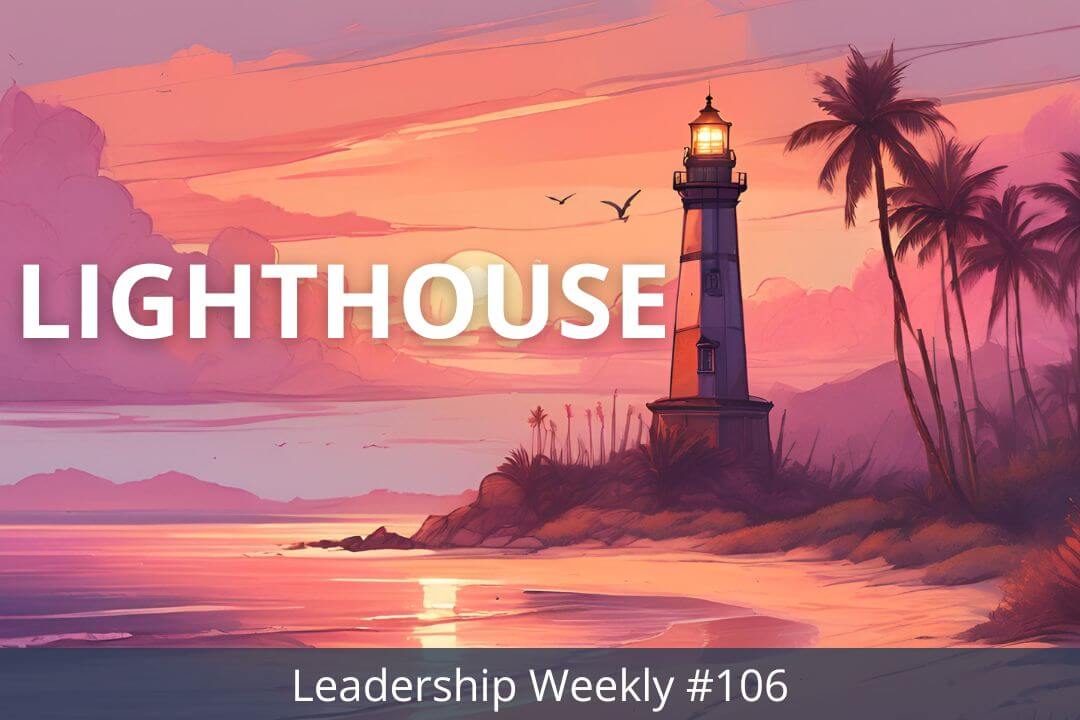


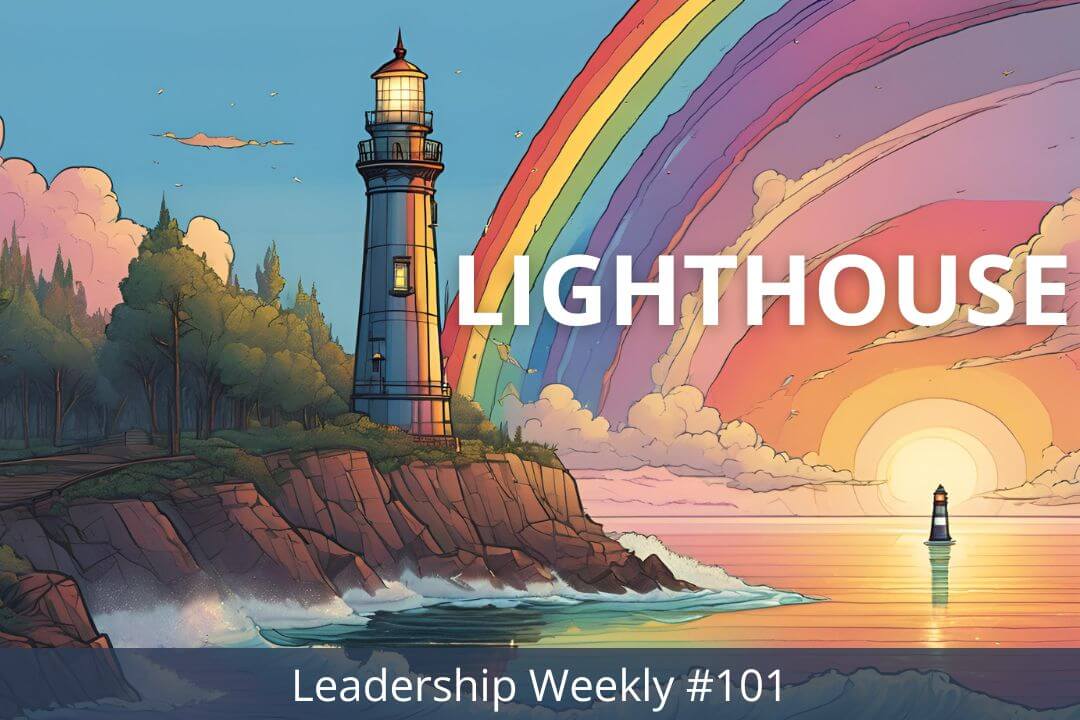










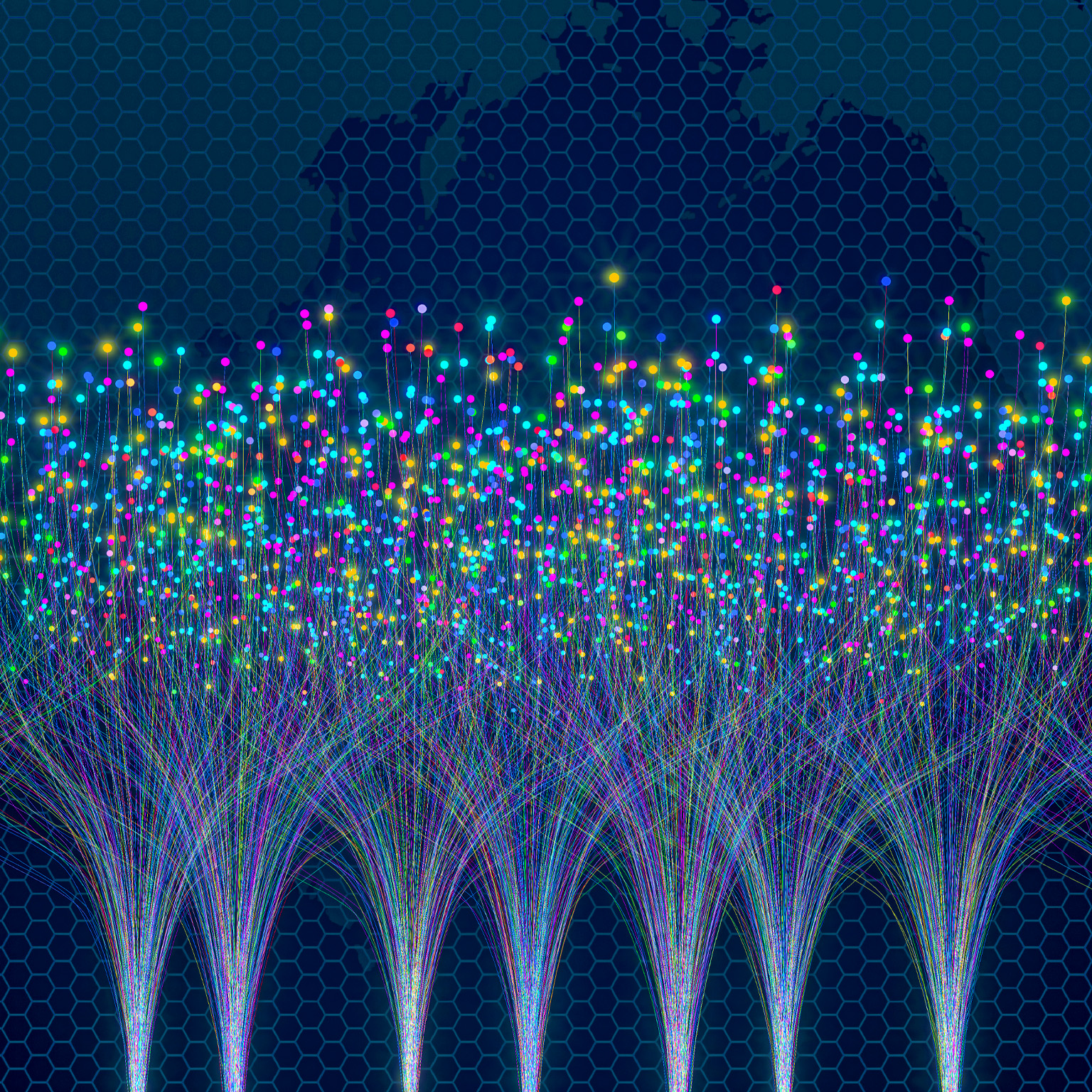


























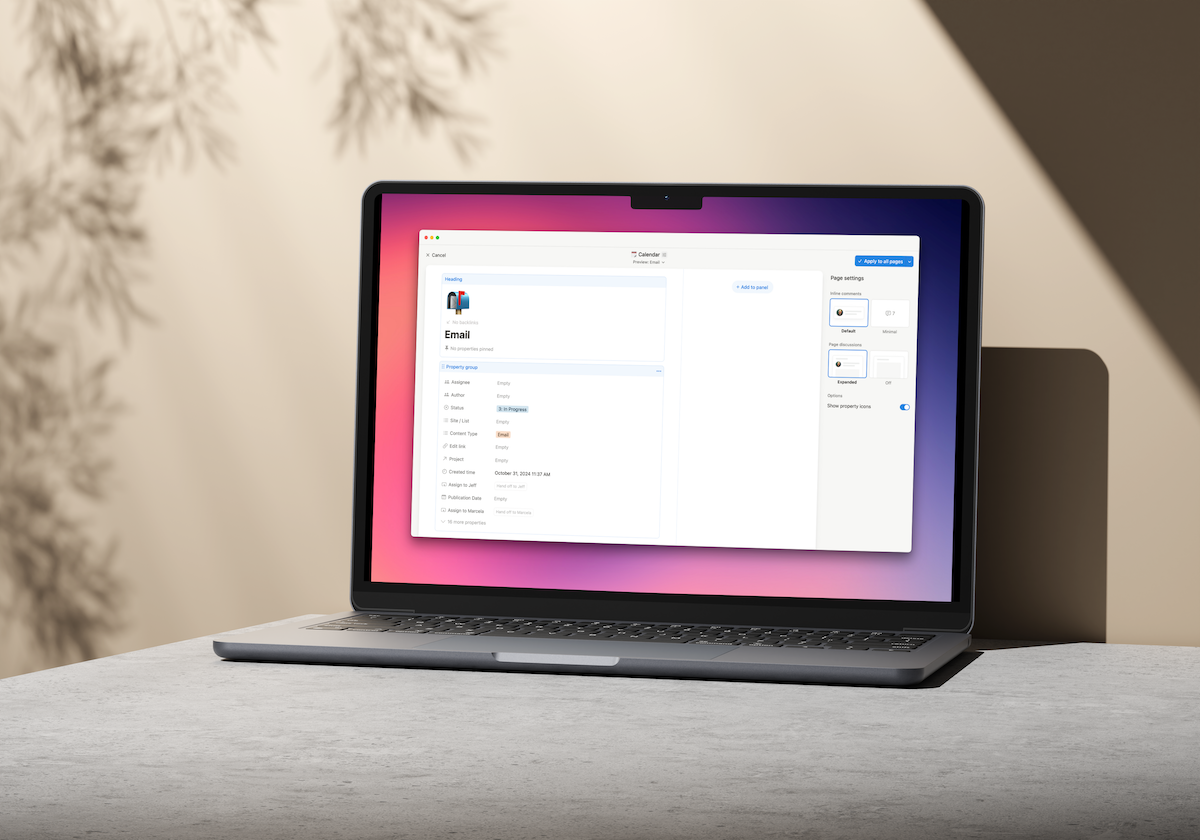
















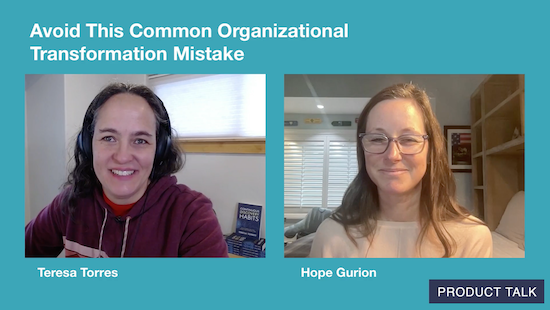



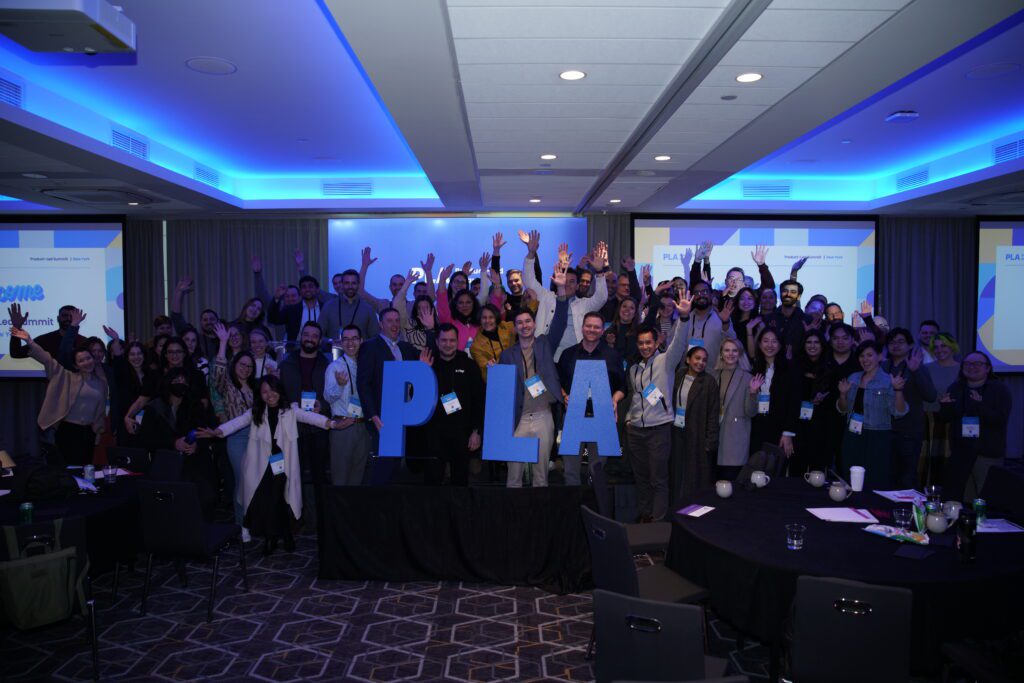











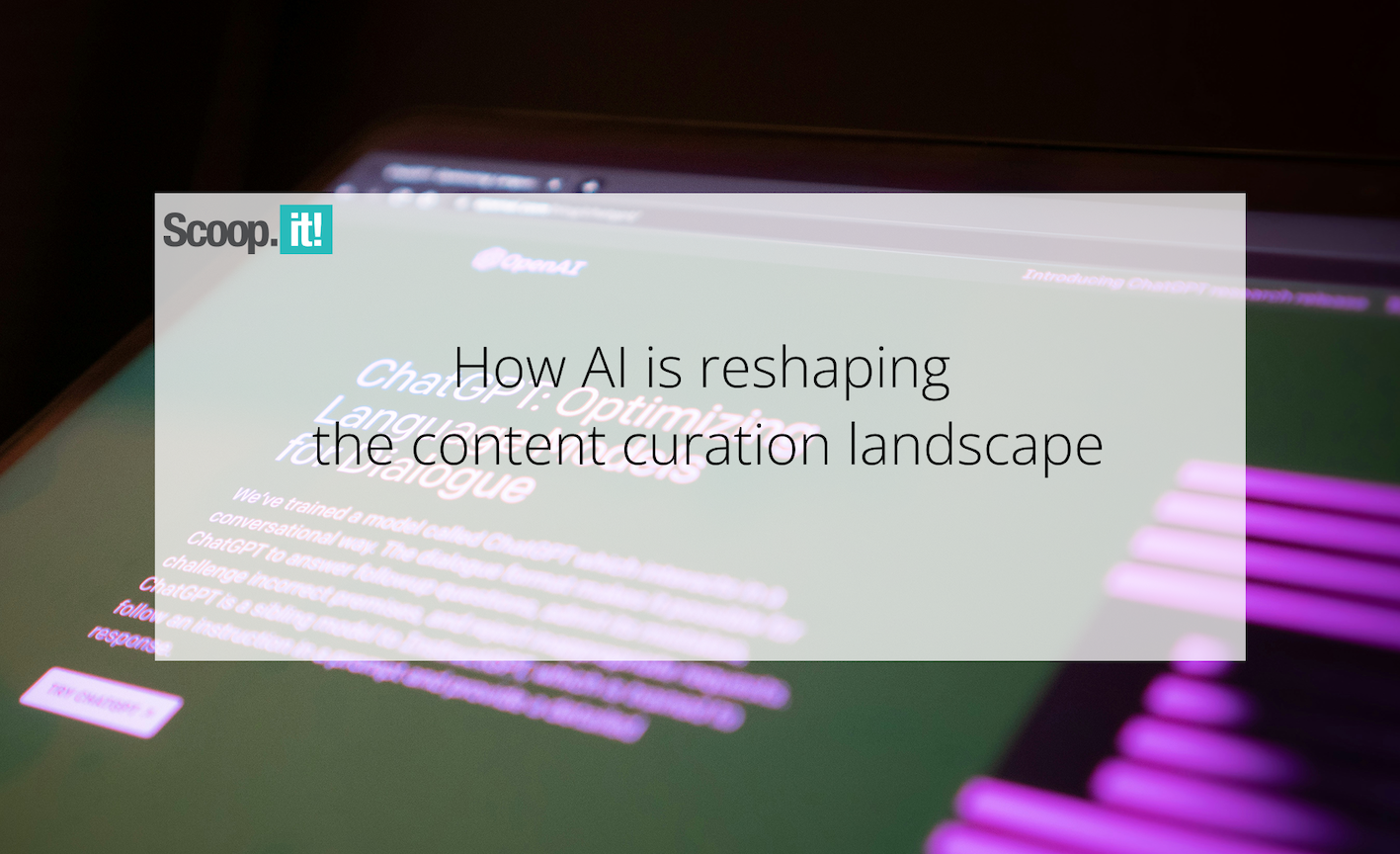
![Building A Digital PR Strategy: 10 Essential Steps for Beginners [With Examples]](https://buzzsumo.com/wp-content/uploads/2023/09/Building-A-Digital-PR-Strategy-10-Essential-Steps-for-Beginners-With-Examples-bblog-masthead.jpg)





![How One Brand Solved the Marketing Attribution Puzzle [Video]](https://contentmarketinginstitute.com/wp-content/uploads/2025/03/marketing-attribution-model-600x338.png?#)


